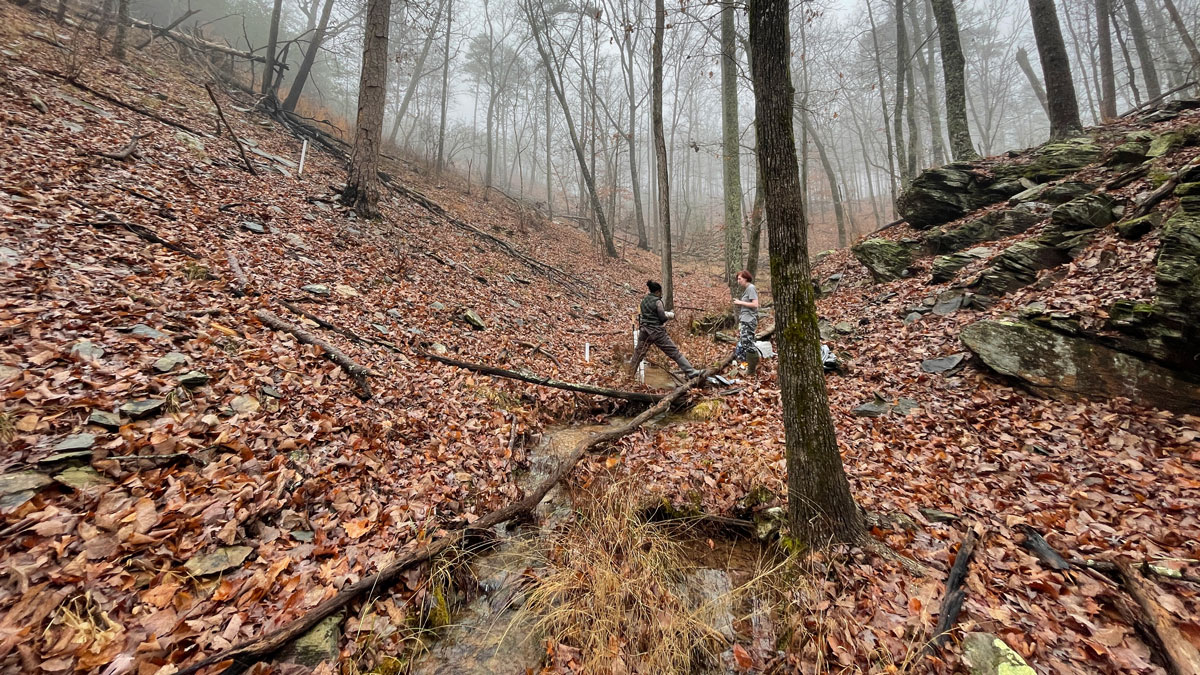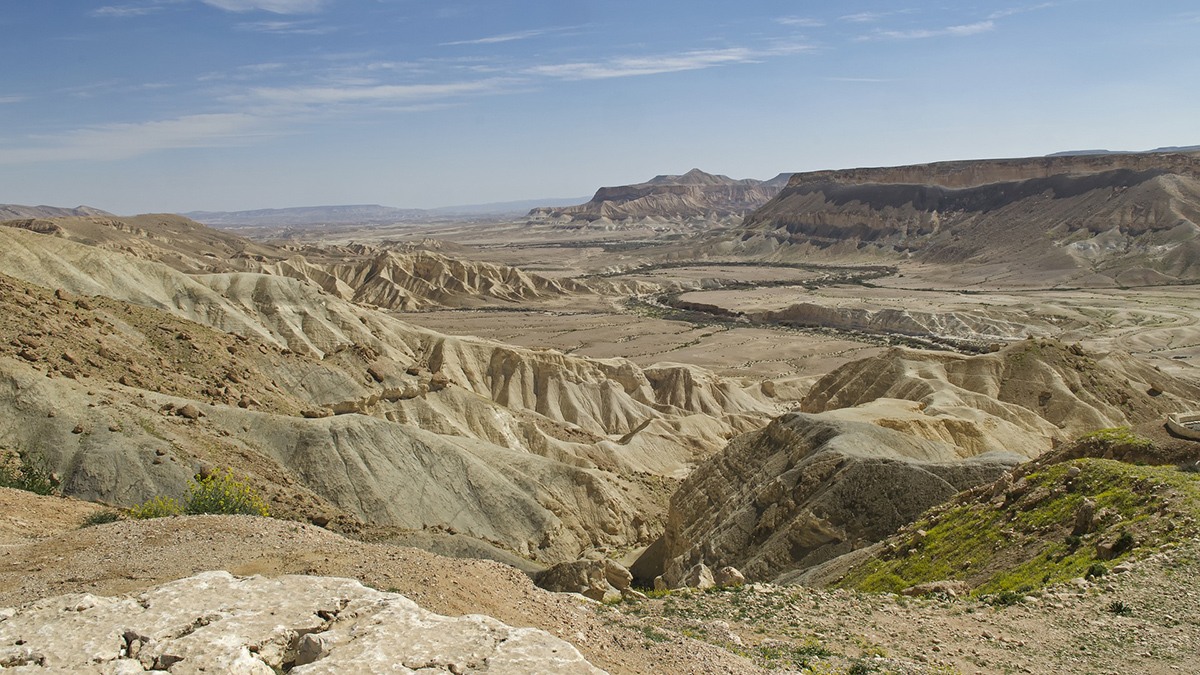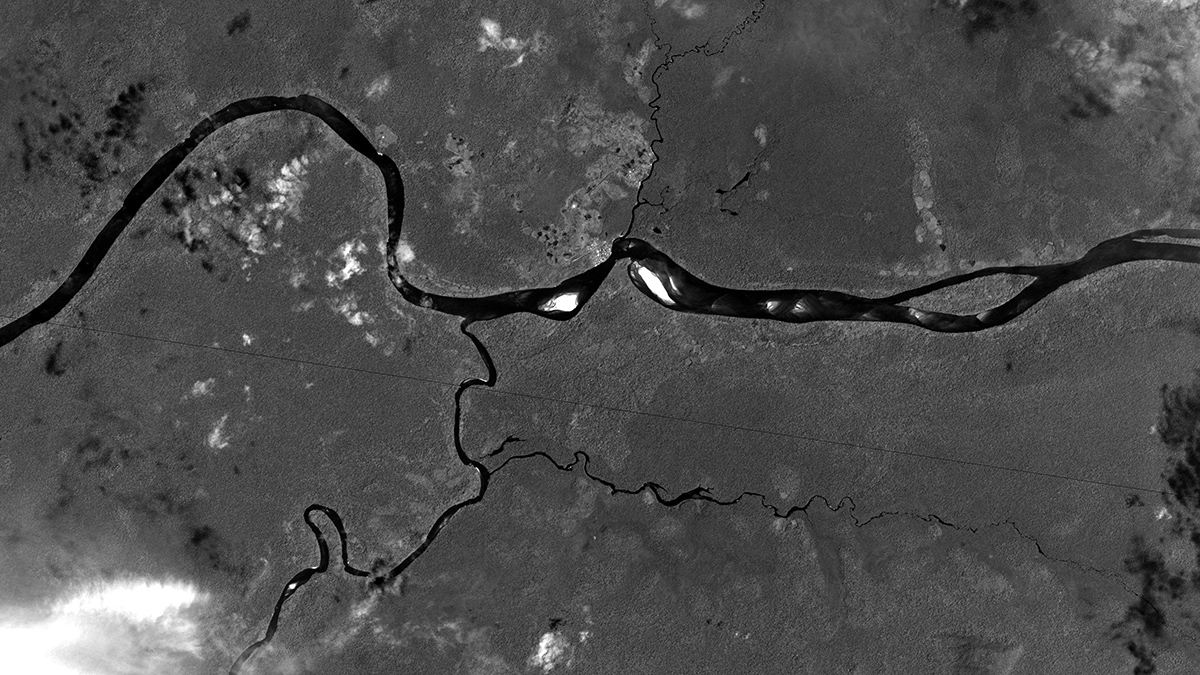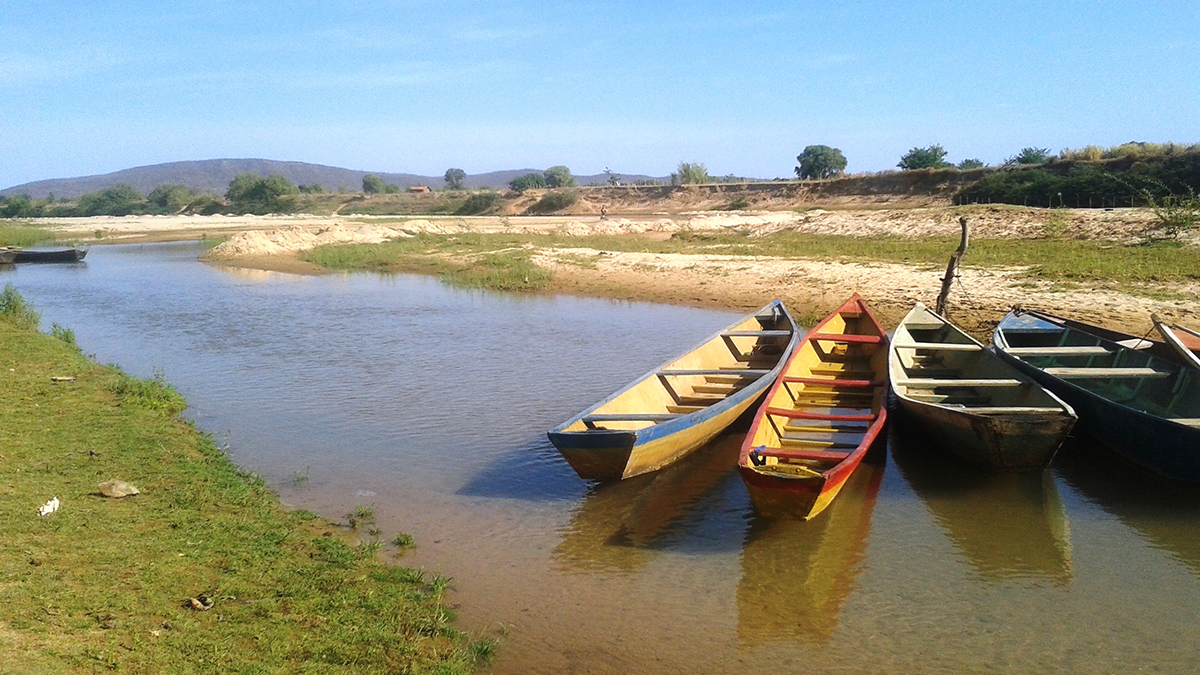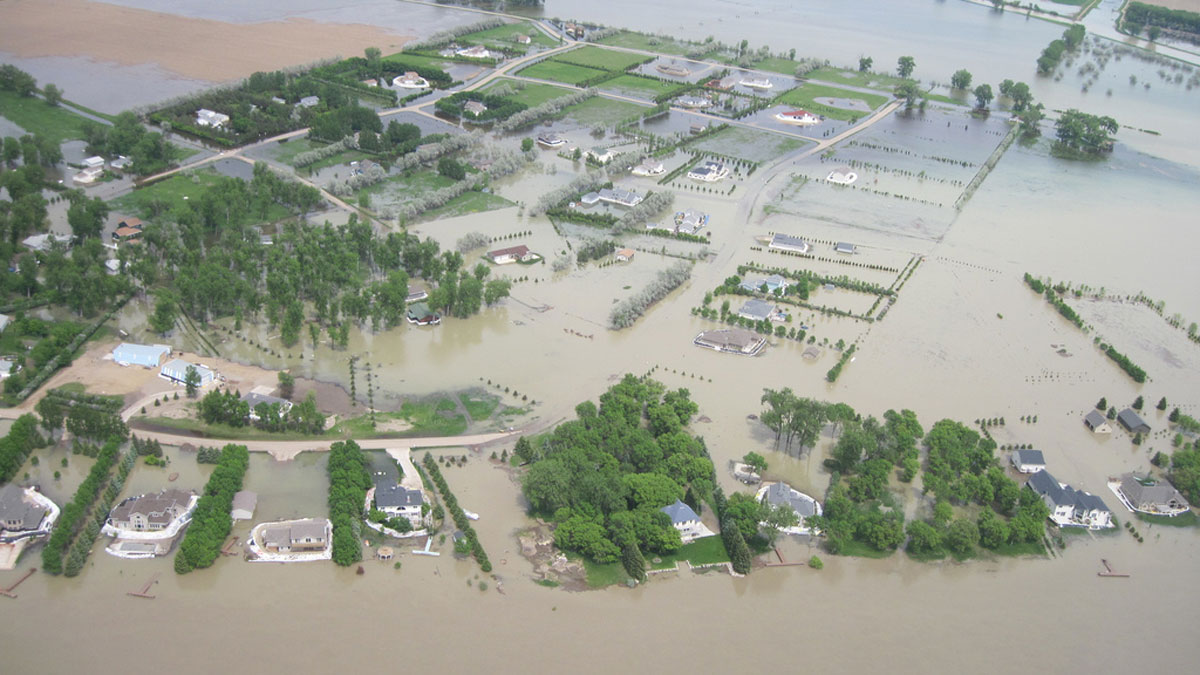A new study combines historical observations, climate modeling, and data from tree rings to create a fuller picture of historic as well as potential drought conditions.
rivers
The “Surprising” Effect of Drying Headwaters on Nitrogen Dynamics
Contrary to predictions, spring rains caused a decrease in nitrogen at watershed outflows in Alabama.
Climate Shifts Drive Episodic Drainage Changes
Drainage divide migration is influenced by tectonics and climate over long periods. New research in Israel shows that even shorter-term wet-dry cycles can move divides.
Strange Branching of Water Flows Through Rivers and Lakes
Sometimes rivers split into branches in unusual ways, reflecting the complexity of Earth’s water system on land and how much we still must learn about it.
The Rivers That Science Says Shouldn’t Exist
At first glance, these waterways make no sense. A new review article details why they are the way they are.
Seeping Groundwater Can Be a Hidden Source of Greenhouse Gases
A new study in the Farmington River watershed shows that groundwater seeps can release 20% of dissolved emissions into the atmosphere before the water joins streams.
Brazil’s Rivers Are Leaking
Wells overpumping groundwater could be forcing rivers to seep underground, a new study shows. Regions with intensive irrigation activities are at the most risk.
What Is Causing the Missouri River Basin’s Elevated Streamflow?
Regional climate variability plays a big role, but reduced forest cover and a rise in atmospheric carbon dioxide are also factors.
Topography and the Terrestrial Water Cycle
The relationship between topography and the terrestrial water cycle has been documented for thousands of years, yet there is still much to learn about Earth’s complex dynamics – both above, at, and below the surface.
Asian Megadeltas: Tackling Coastal Flooding Challenges
Integrating scientific insights into current actions is crucial for steering future research directions and underpinning informed management of coastal flooding in Asian deltas.


